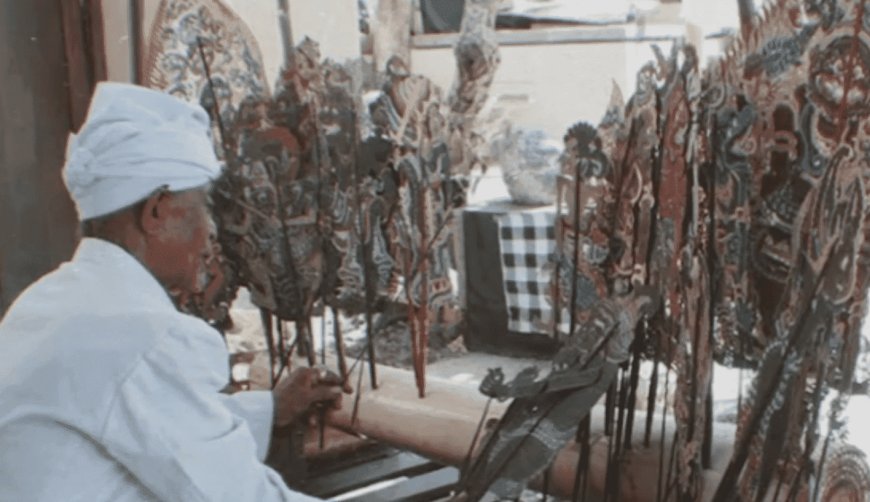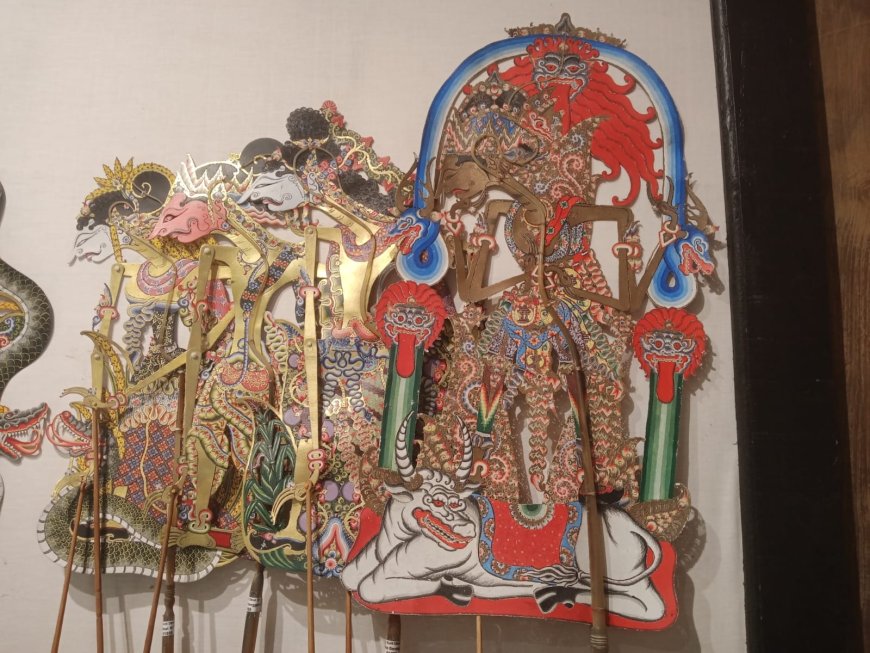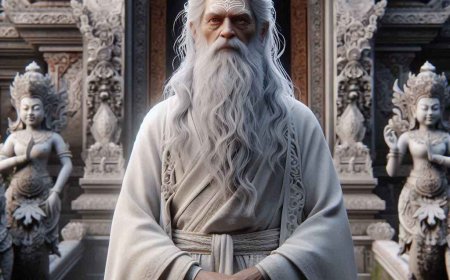Tumpek Wayang: The story of Bhatara Kala going to prey on Bhatara Kumara, until Sapuh Leger Puppet
From generation to generation, the people of Bali have upheld unique traditions in determining auspicious and inauspicious days based on stories from the past, such as Tumpek Wayang, which is associated with the deity Bhatara Kala. This epic tale involves riddles, chases, and the intriguing Sapuh Leger ceremony, which must be carried out by anyone born on Tumpek Wayang. This story, besides being part of Balinese mythology, also imparts profound lessons on controlling the negative aspects within ourselves, making it the core of Bali's cultural heritage that is shrouded in mystery and deep meaning.

The Balinese people are familiar with a concept known as "Dewasa" or auspicious days. However, they also believe in the existence of inauspicious days. Both auspicious and inauspicious days are determined based on various elements, such as "wuku," "sasih," "wewaran," and many other methods. But this is distinct from astrology, as Balinese calculations of auspicious and inauspicious days are rooted in stories or events from the past. From this concept, the notion of "Melik Kelahiran" is born, and one example of this is a child born on the day of "Tumpek Wayang".
Tumpek Wayang usually falls on the Saturday of the "Kliwon" week in the "wuku Wayang." But why are individuals born on this day categorized as "melik" and need to undergo a special ceremony? Of course, there is a historical event behind this ceremony.
This ceremony is based on the figure of the deity named Bhatara Kala. Bhatara Kala is described as a deity who would devour anyone born on Tumpek Wayang because it is his day of birth. The story of Bhatara Kala has two different versions: one originating from Java, where Bhatara Kala is the son of Bhatara Guru, and another from Bali, where Bhatara Kala is the son of Bhatara Siwa. We will focus on the Balinese version because Tumpek Wayang is a unique Balinese day.

Wayang Bhatara Guru (Sorce: Private Collections)
According to the Lontar Kala Tattwa, Bhatara Kala was born from the "semen" of Bhatara Siwa, which fell into the ocean. This semen was then sanctified through a mantra by Bhatara Wisnu and Bhatara Brahma, giving rise to a raging giant who questioned his parentage. After receiving guidance, the giant approached the residence of Bhatara Siwa. The story mentions that Bhatara Kala, driven by a curiosity about his parentage, caused some disturbance in the celestial realm ("kahyangan") before meeting Bhatara Siwa and Bhatari Uma. He didn't intend to cause harm but was searching for answers. However, he disrupted the harmony in the celestial realm, which led to some consequences.
Before being acknowledged as his son, Bhatara Siwa asked the giant to cut his fangs. This act was not without reason, as fangs symbolize the inherent giant-like nature in all living beings, so Bhatara Siwa requested their removal to neutralize this aspect. Once the fangs were removed, the giant was recognized as Bhatara Kala. Bhatara Siwa also granted him the power that no creature could surpass him, and thus, any being born on his day (Tumpek Wayang) could be preyed upon by Bhatara Kala. In other words, every Tumpek Wayang day, he would transform into a giant that devoured humans born on that day.
Interestingly, Bhatara Kala's younger brother, Bhatara Kumara, was also born in Tumpek Wayang. Bhatara Kala, knowing this, planned to devour his own brother. However, Bhatara Siwa intervened and instructed him to wait until Bhatara Kumara reached the age of seven before doing so. To counter this, Bhatara Siwa cursed Bhatara Kumara to prevent his growth. But Bhatara Kala quickly discovered this, leading Bhatara Kumara to flee to Earth.
Out of anger, Bhatara Kala also intended to devour his parents, Bhatara Siwa and Bhatari Uma. However, they posed a riddle, stating that if he could answer it before sunset, he could eat them. Unfortunately, Bhatara Kala couldn't solve the riddle, so he rushed to Earth to chase Bhatara Kumara.
On Earth, Bhatara Kumara sought the help of a puppeteer to hide from Bhatara Kala. The puppeteer agreed and concealed him inside the resonator of a musical instrument called "gender". During a puppet show for a ritual, Bhatara Kala appeared. Due to his extreme hunger, Bhatara Kala consumed the offerings presented during the puppet performance. The puppeteer became angry, but Bhatara Kala asked him to surrender Bhatara Kumara. In his anger, the puppeteer set a condition for Bhatara Kala: he must return all the offerings intact. However, Bhatara Kala couldn't fulfill this condition as he had already consumed everything. As a result, the puppeteer and Bhatara Kala made an agreement that anyone born on Tumpek Wayang must perform a puppet show called "wayang sapuh leger", and only then could Bhatara Kala devour them.
Indeed, sapuh leger is the ceremony that must be performed if someone in Bali experiences a "melik kelahiran" coinciding with Tumpek Wayang. Sapuh Leger is a puppet show, and the Balinese people still hold this belief today.
So, what makes the story of Bhatara Kala special? It teaches us to control the negative aspects within ourselves. The primary elements highlighted in this story are Krodha or anger, and Lobha or greed.





























































